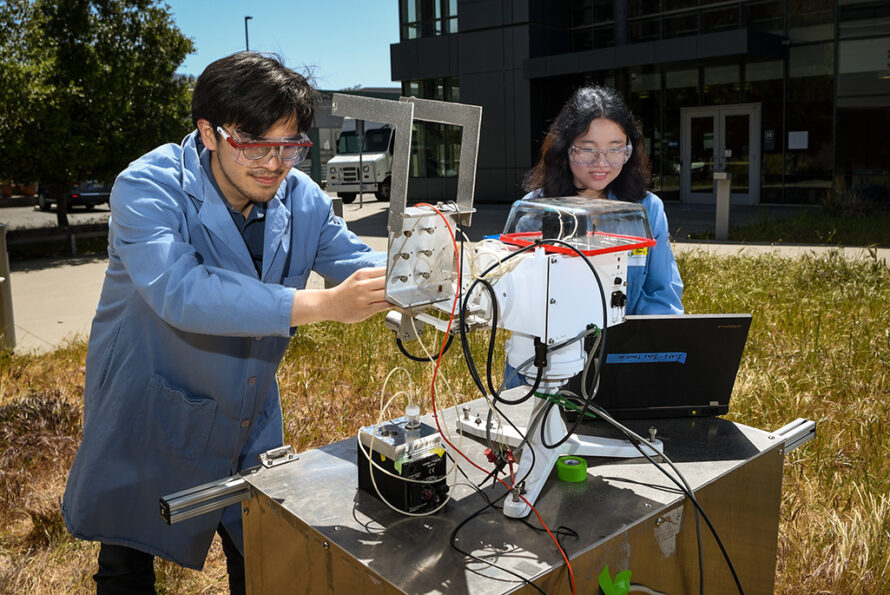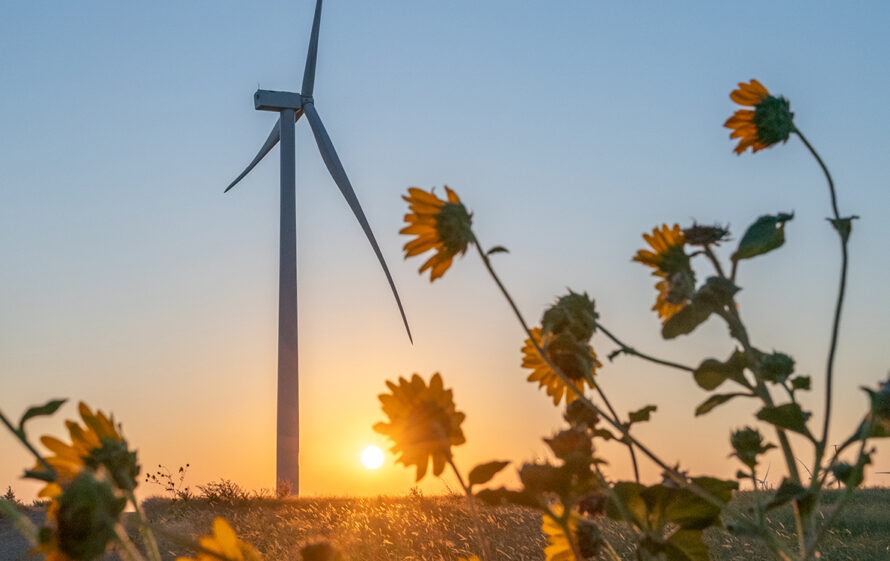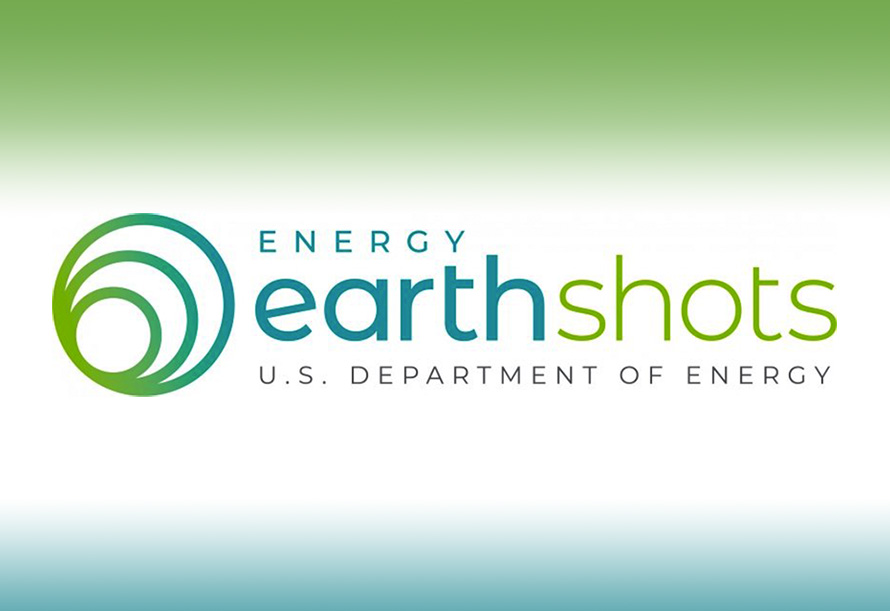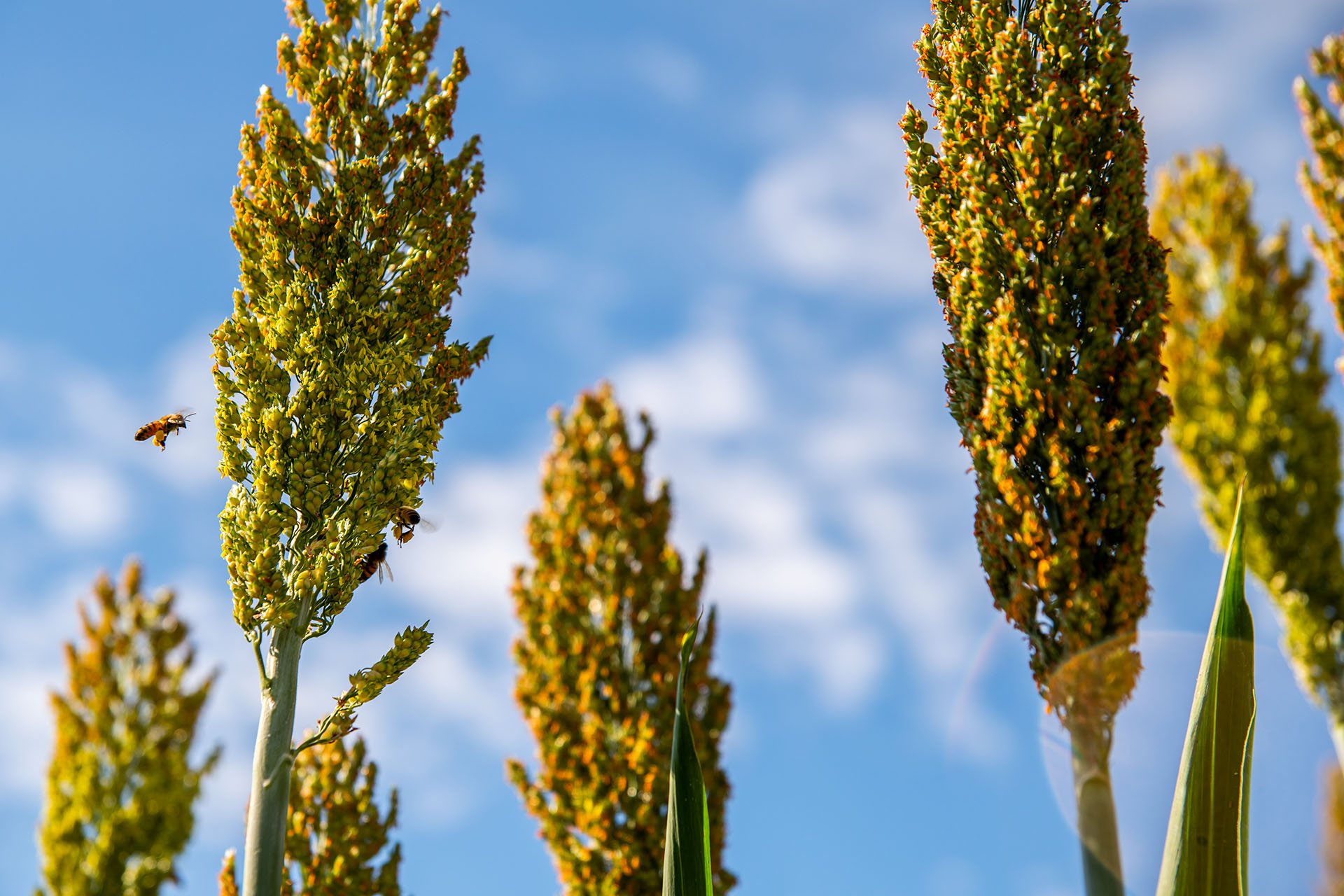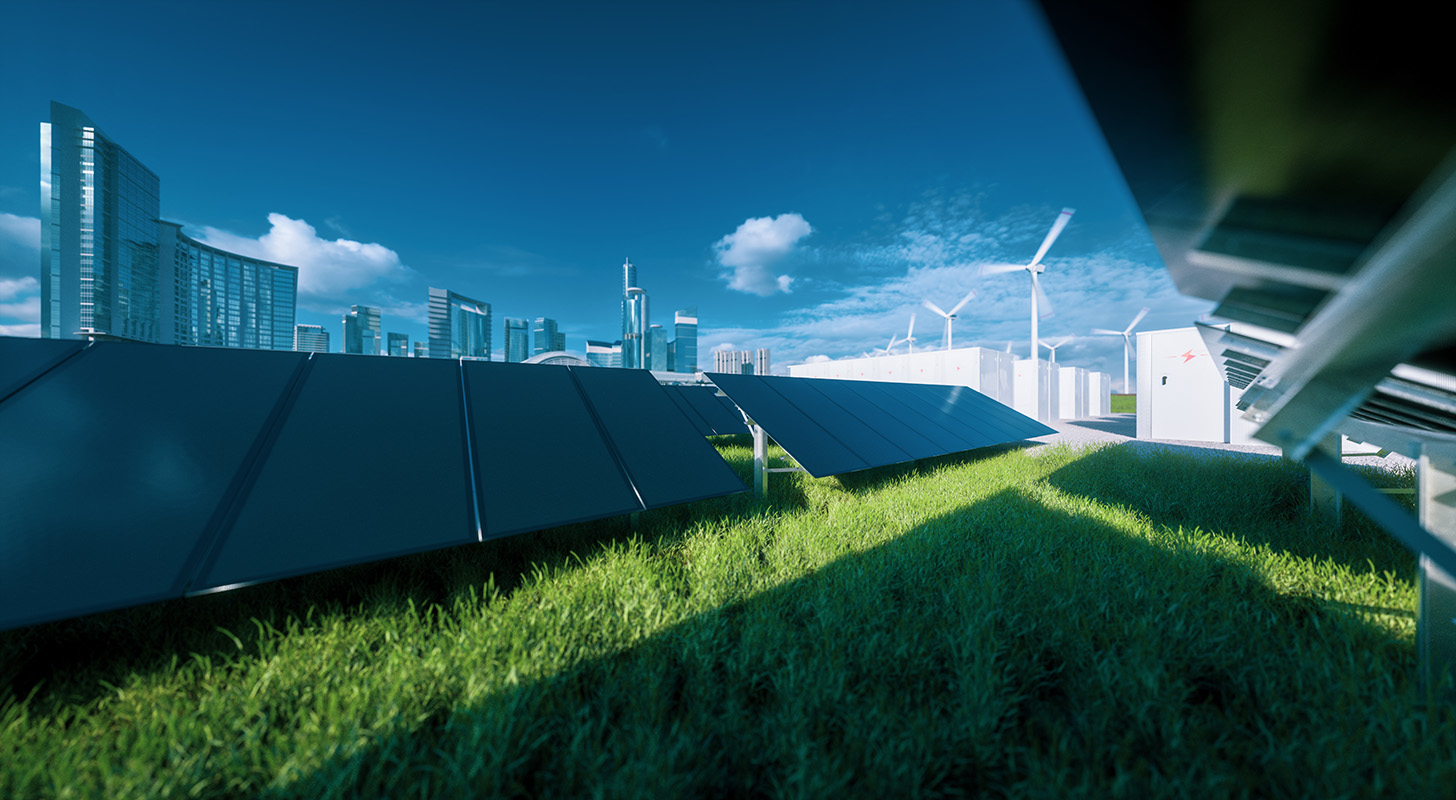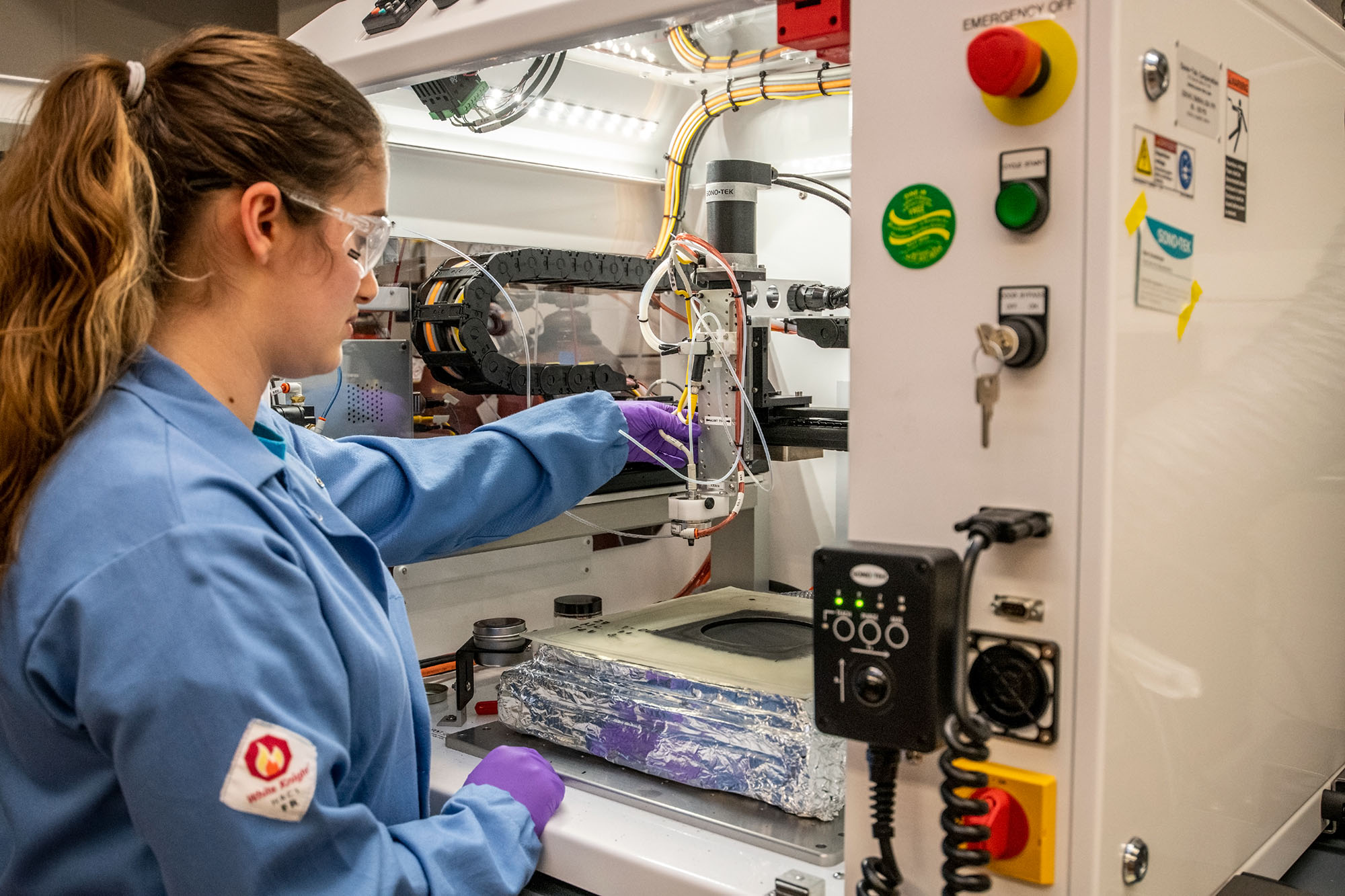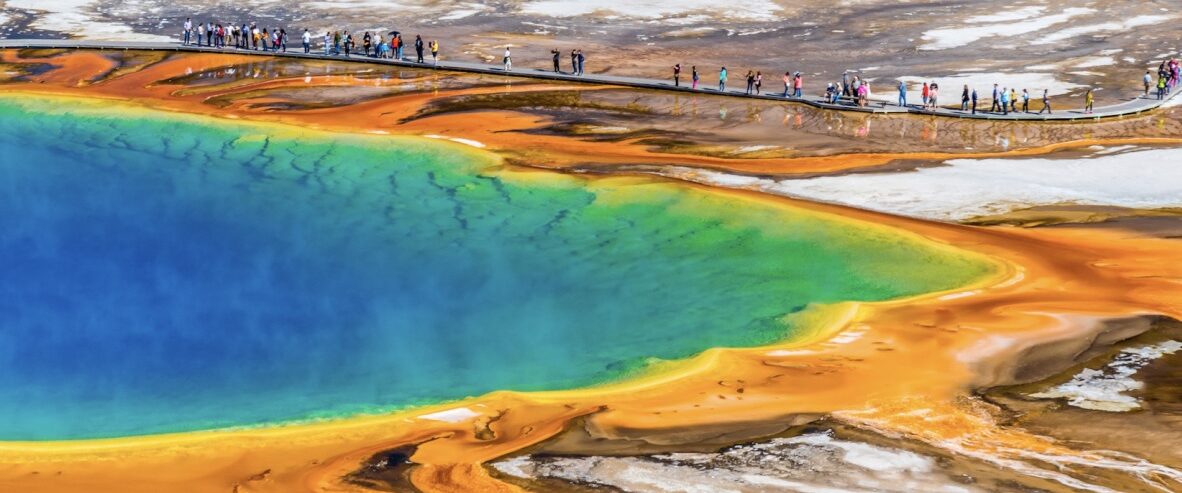With other Department of Energy national labs, universities, and industry, we’re helping lead the development and implementation of alternative energy systems across the U.S. Our scientists are experts in a wide range of energy technology research areas, including techno-economic analysis.
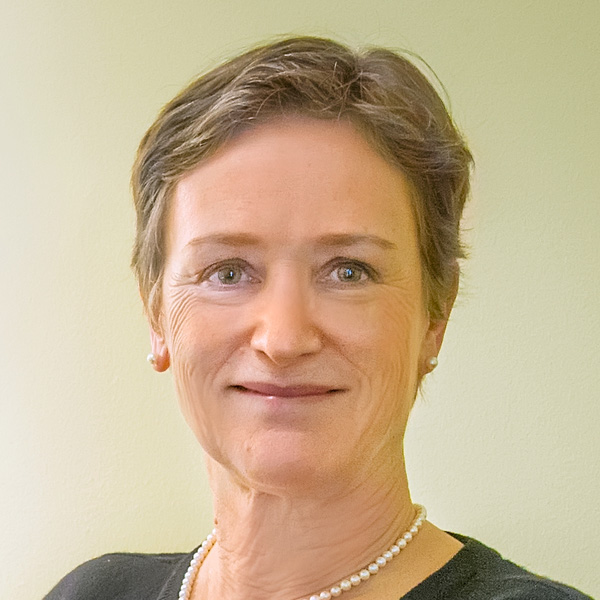
Biofuels
Harnessing microbes and plants to produce carbon-neutral fuels from plant matter waste.
Solar fuels
Developing new technologies that convert sunlight, greenhouse gases, and water into clean-energy liquid fuels such as hydrogen and ethylene.
Photovoltaics
Developing efficient and affordable photovoltaic technologies, such as solar panels, and conducting multidisciplinary research to make them more accessible to consumers and integrate them into the U.S. power grid.
Clean hydrogen
Leading research and development in clean hydrogen production, use, and storage, to enable the decarbonization of a wide range of carbon-intensive sectors, from heavy-duty transportation to long-duration energy storage.
Geothermal energy
Exploring new technology to leverage the Earth’s geothermal energy to power the grid.
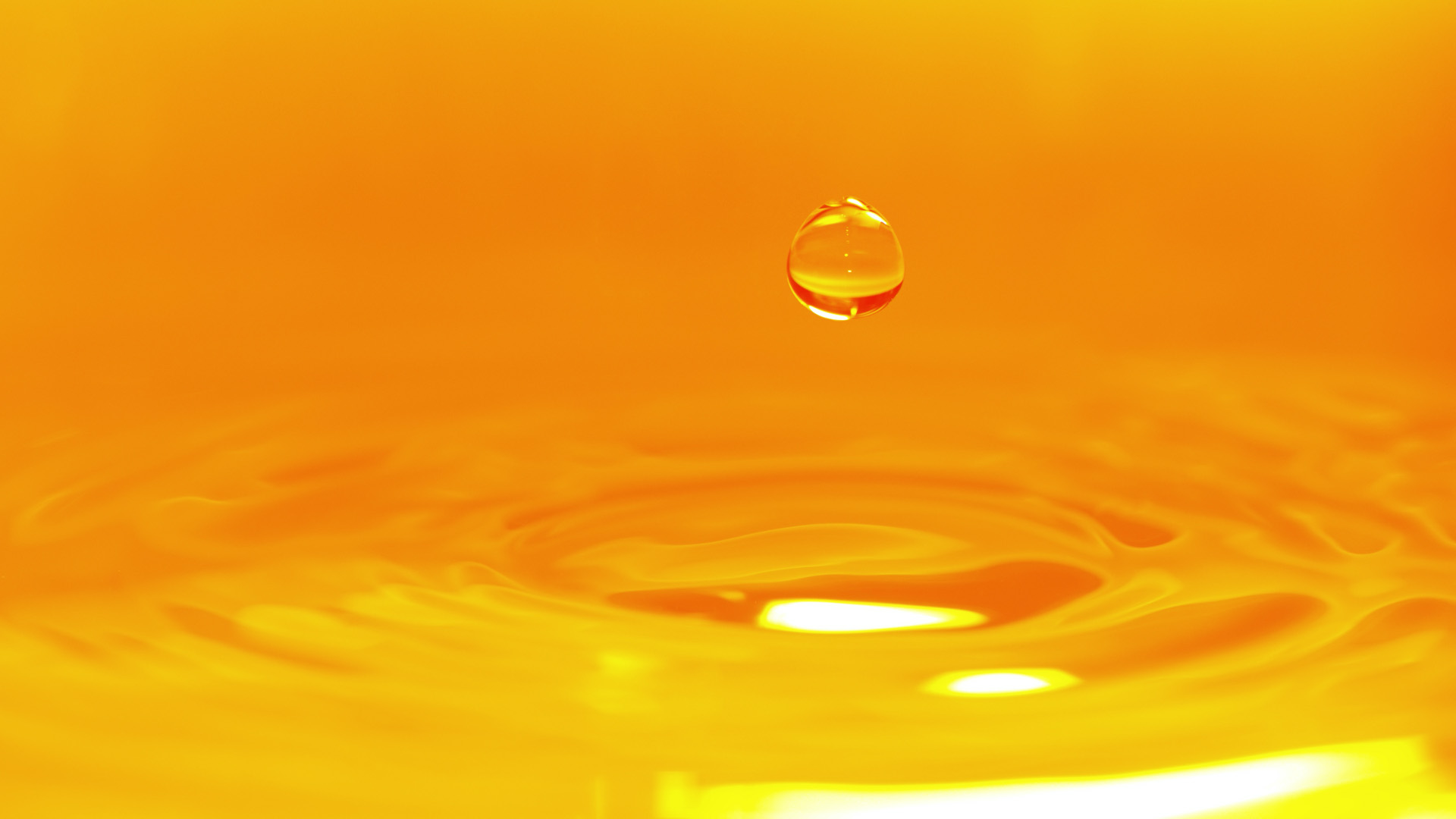
Inspired by photosynthesis in plants, scientists are designing materials and chemical processes that can convert sunlight into chemical energy using only components of air: water, carbon dioxide, and nitrogen.
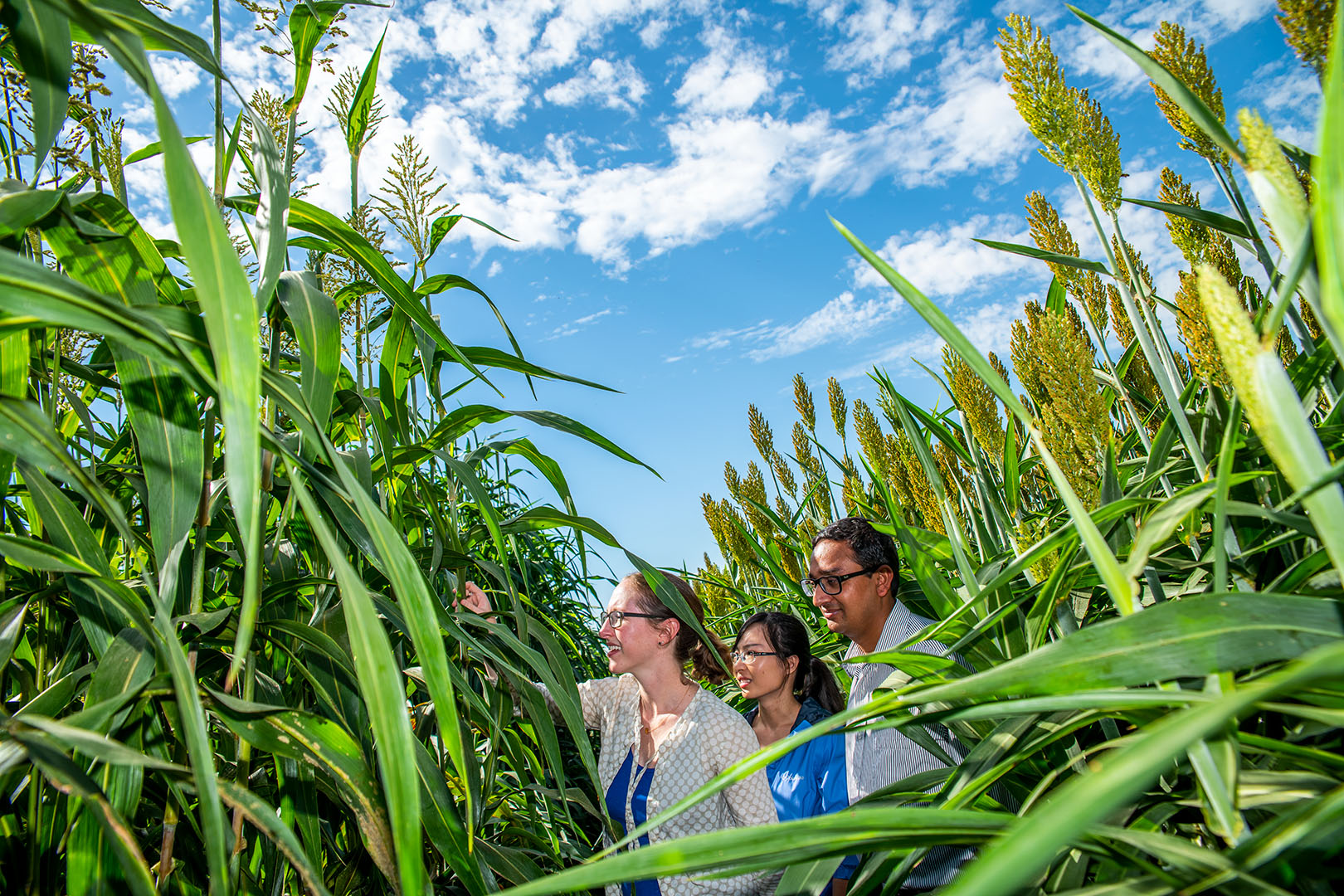
JBEI researchers are using the latest tools in molecular biology, chemical engineering, and computational and robotic technologies to transform plant matter into carbon-neutral biofuels.
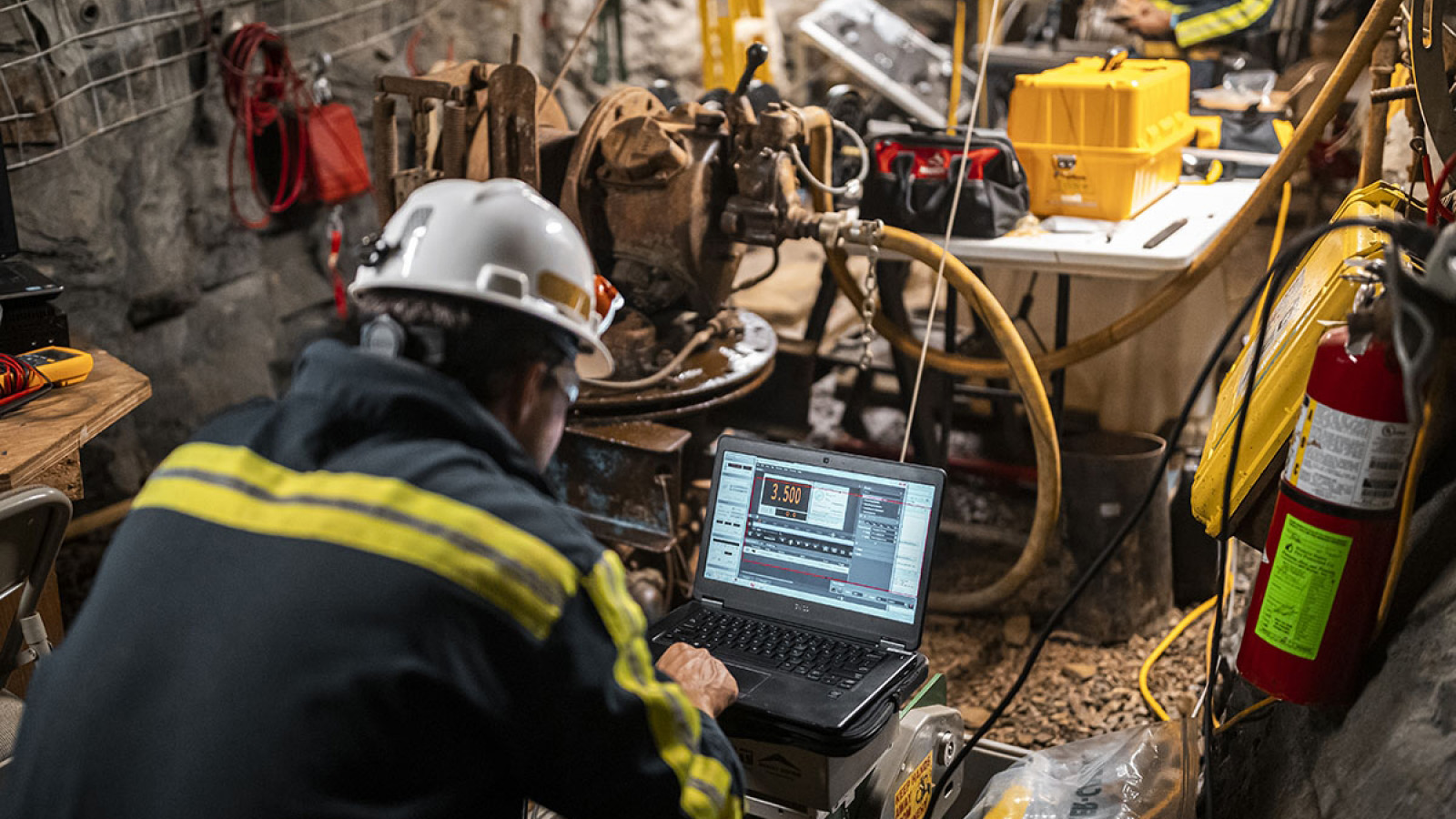
Focused on developing innovative technologies that can identify and characterize conventional natural hydrothermal systems, and approaches to implement, monitor, and model enhanced geothermal systems.
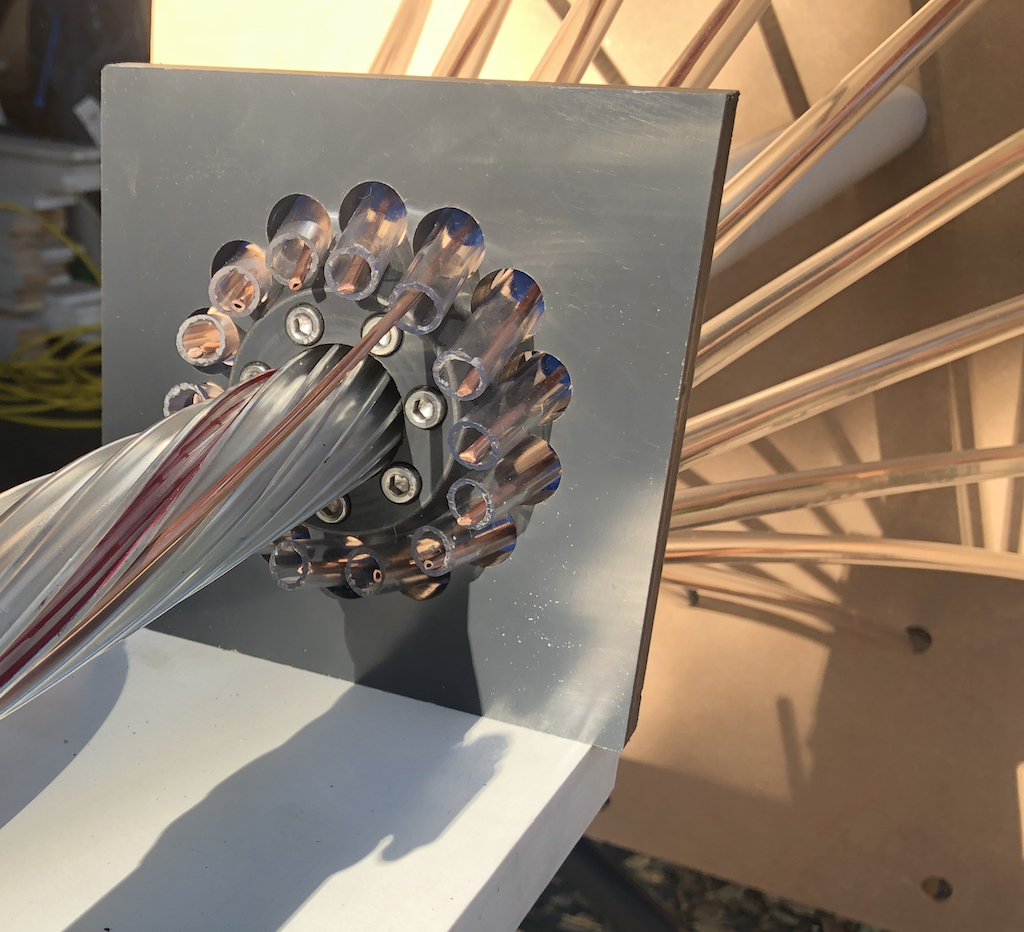
Driving magnet technology and laser-plasma science for plentiful, cleaner, secure energy.
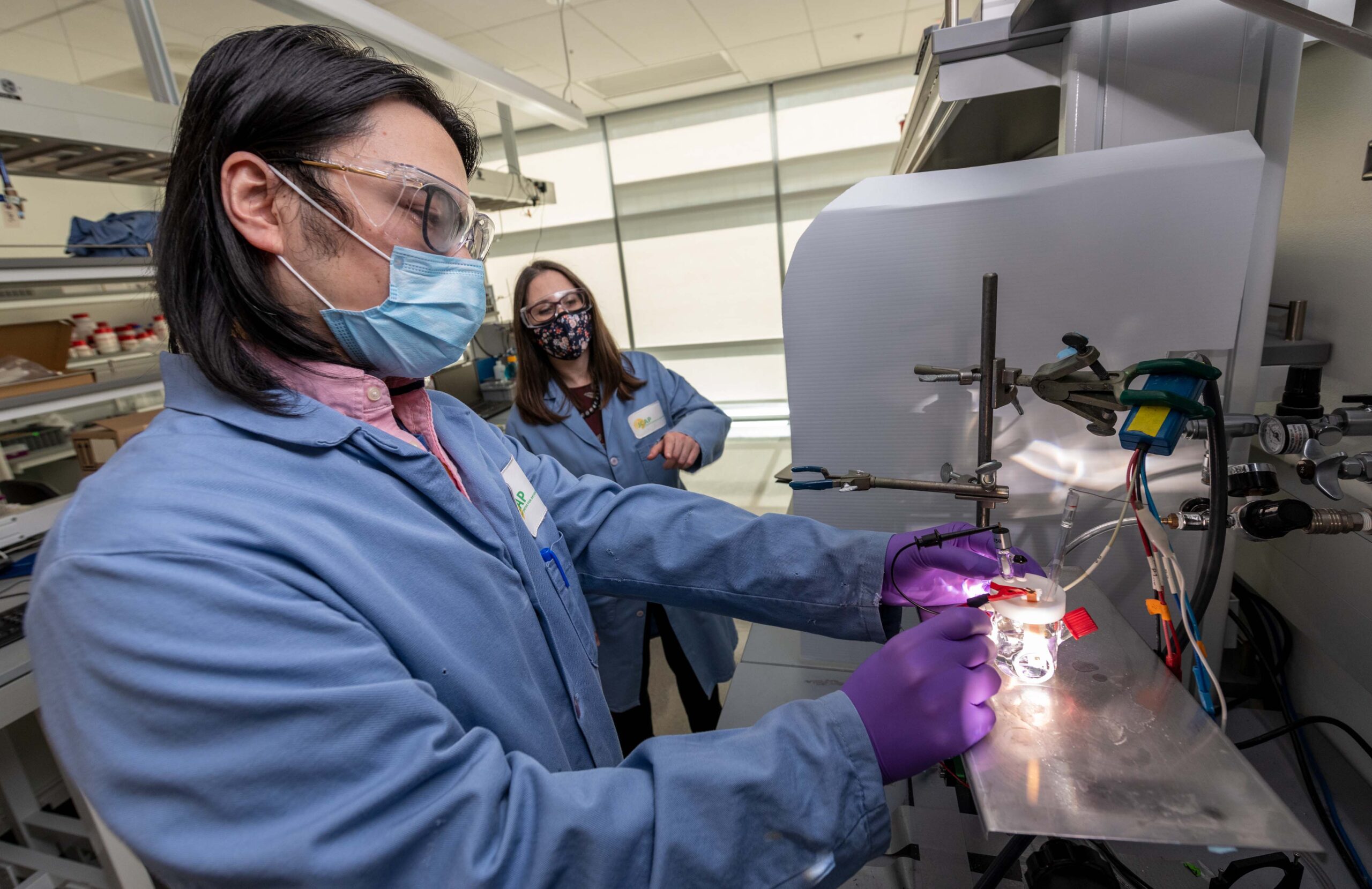
Berkeley Lab leads the research and development of clean hydrogen production, use, and storage, across both fundamental science and applied technologies.

A multi-lab partnership aiming to accelerate advanced water splitting technologies for clean, sustainable hydrogen production.
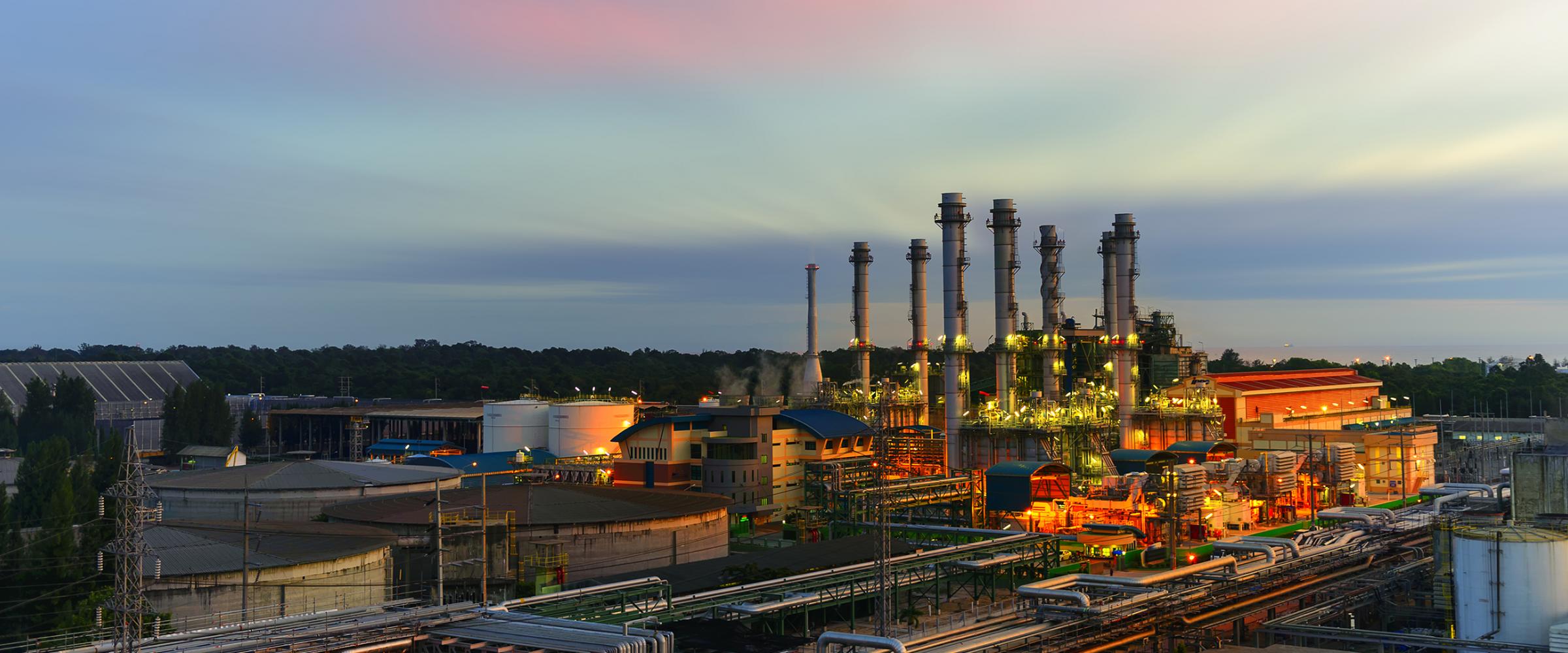
Berkeley Lab conducts unbiased analysis to evaluate the cost implications and environmental impacts of a wide range of energy technologies and strategies to support decision-making by groups.
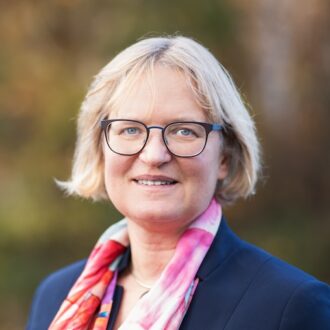
Eva Schill is the Geothermal Systems Science program lead in the Earth & Environmental Sciences Area. An accomplished geologist and geophysicist, Schill has contributed to the advancement of many aspects of geothermal energy exploration such as deep geothermal resources, EGS-development, underground heat storage, and more.
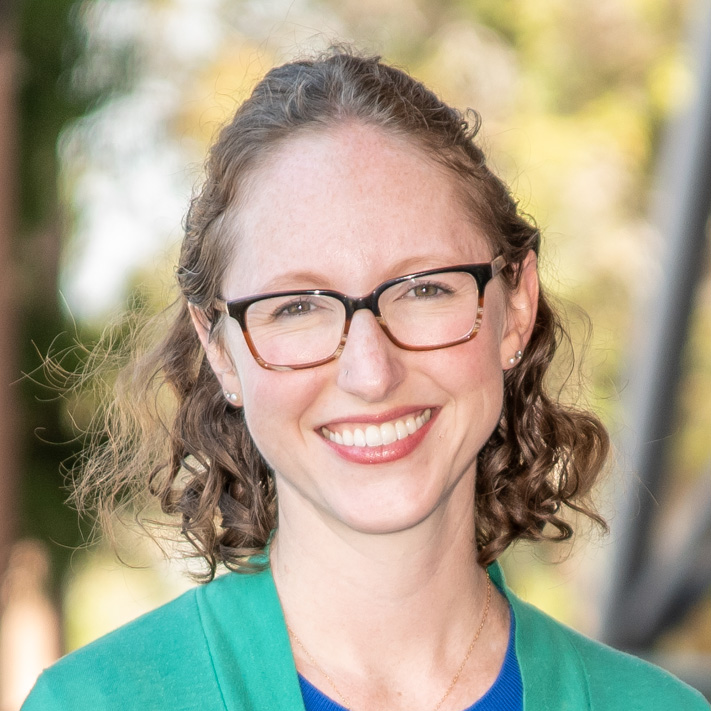
Corinne Scown is a staff scientist in the Energy Technologies Area and she leads the Life-cycle, Economics, and Agronomy Division in the Joint BioEnergy Institute (JBEI). Her research is focused on modeling the economic and environmental impacts of advanced pathways to bio-based fuels and products.
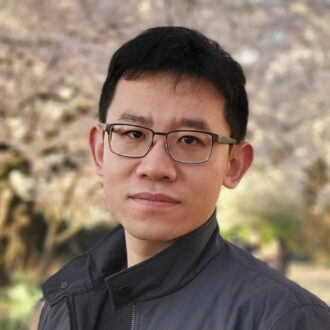
Peng Peng is a research scientist in the Sustainable Energy Systems Group in the Energy Analysis and Environmental Impacts Division. His research includes developing process models to analyze the economic and environmental impacts for early-stage sustainable energy storage and critical resource circularity technologies.
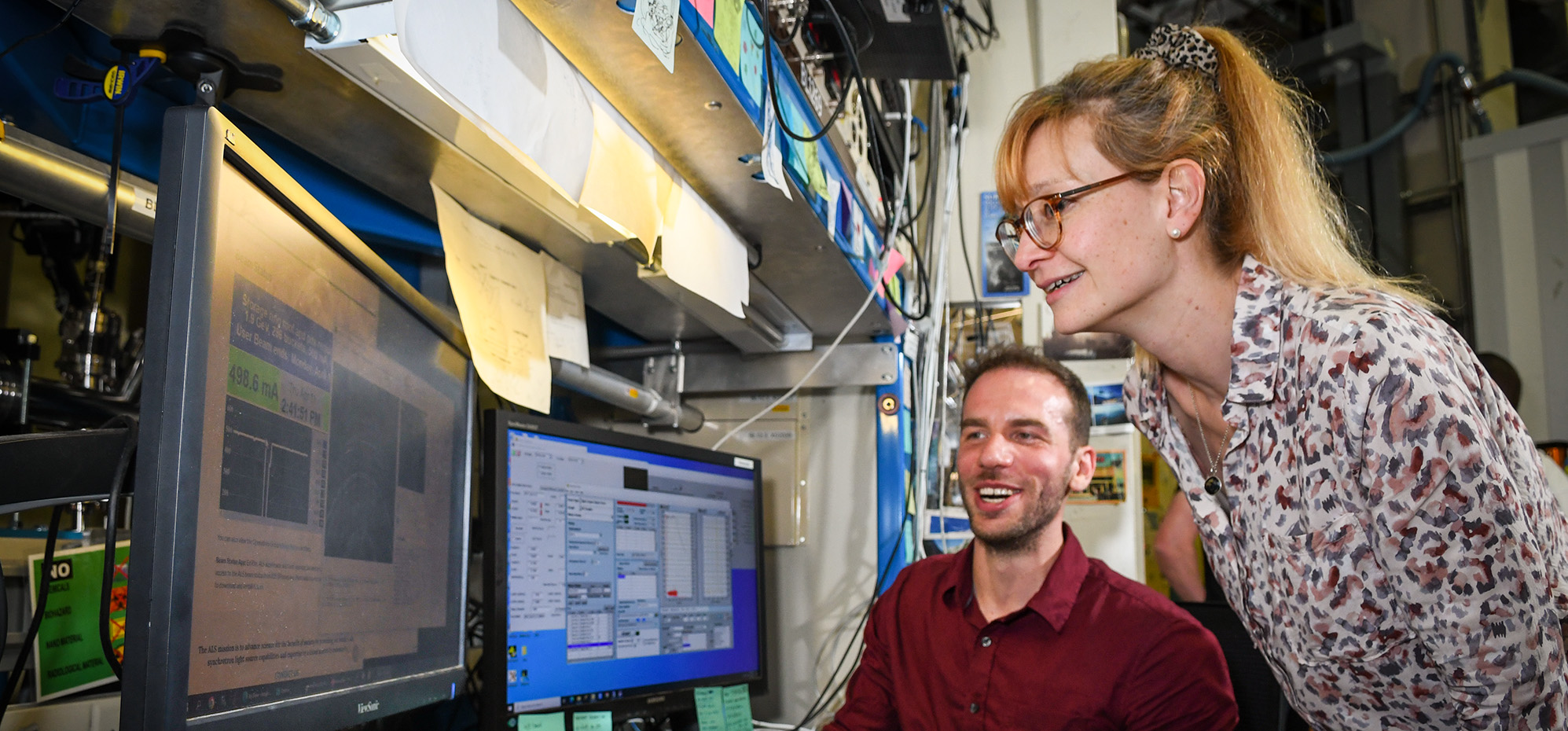
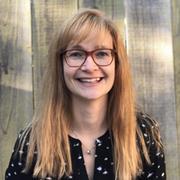
A Berkeley Lab team has applied a set of techniques to reveal changes in the crystalline structures of perovskite solar cell materials in real time as they are fabricated. The results provide researchers with a deeper understanding of how to make better perovskite solar cells.
By harnessing the power of AI and machine learning, Berkeley Lab scientists are developing a tool that predicts properties of high-potential, bio-based molecules and fuels, paving the way for cost-effective and sustainable jet fuel production. This innovation offers a promising short-term solution to reduce emissions.
What is photosynthesis? Oh, no big deal, just the key to life on Earth as we know it! Join me as I take a deep dive into this amazingly sophisticated chemical process. Hear fascinating details they didn’t teach you in school and get a crash course on how natural photosynthesis inspires the development of renewable energy technologies that could someday replace all petroleum products.
